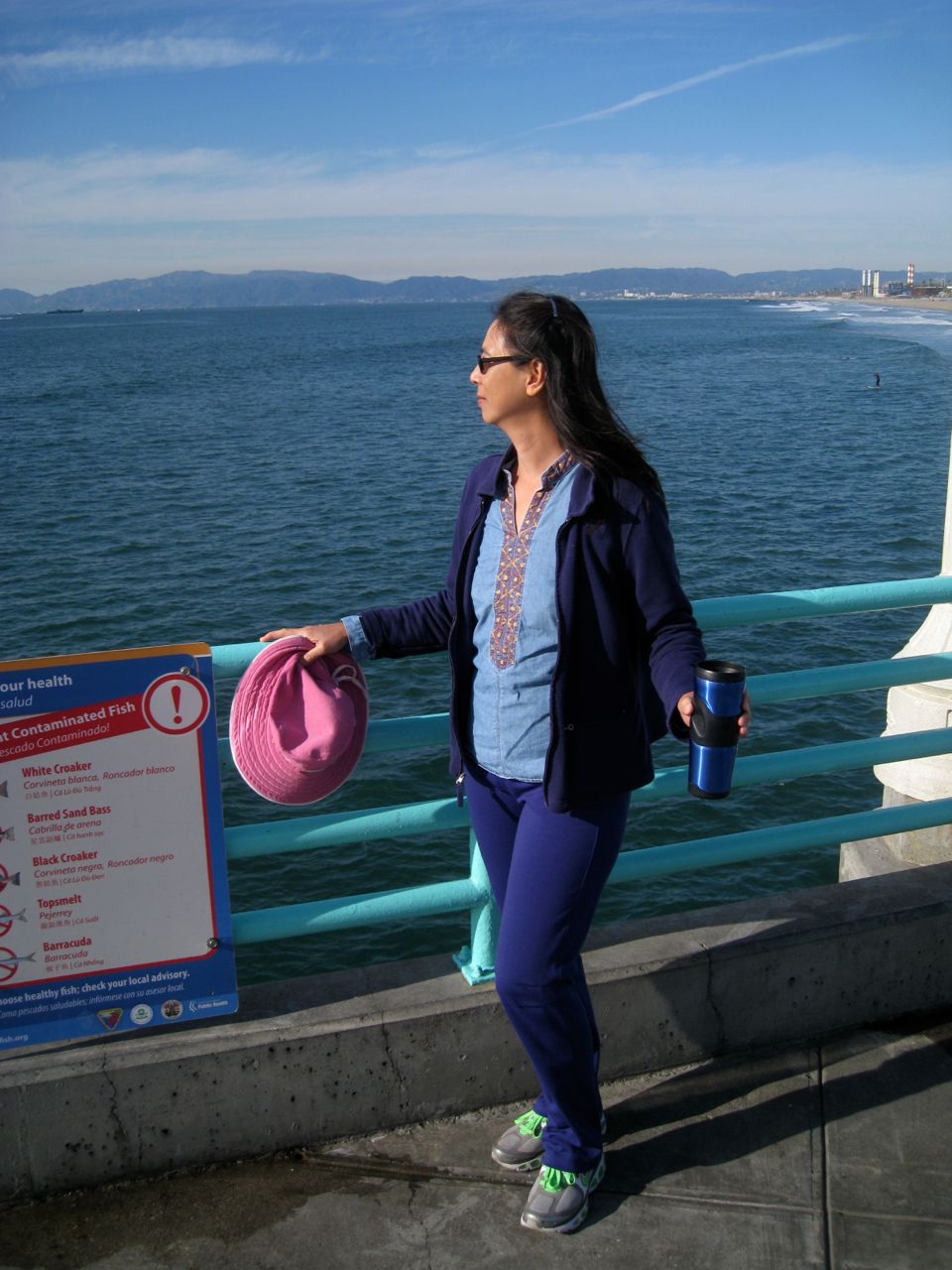In numbers:
- 33 items for me (nearly all of my new clothes for the year)
- 17 for Iris (about half her new clothes this year)
- 67 for others ranging from quick baby pants to twin-sized patchwork quilts
- 10 knit projects
- 107 sewn projects
My favorite project has got to be the whale fluke quilt I made for an anonymous LA county foster child. Someday, I would like to make one for myself.
In other news, Iris and I took singing lessons together. We had fun. They helped. She scored a principal role in her school musical and I no longer feel embarrassed singing in public.
We traveled all over the western US, skiing, bicycling, hiking and visiting friends.
I'm busier than ever. On top of my CSA coordinator role, I am also serving as a nutrition docent, 3x a week math tutor and making the sets for the play (with Pennamite) for Iris' school. The schools are so hard up for money that parent volunteers are filling in so many roles.
Bad dad and I are taking several MOOC (massive open online courses) and enjoying them immensely. For some reason, he also expects me to do all of the housework and child schlepping. I'm exercising and cooking from scratch more.
I hung out a shingle as a one-woman consulting company and STEM tutor. I had a third interview and hope to sign the first consulting client soon. Meanwhile, I discovered that, while there is very little work for earth scientists, there are many opportunities for someone with my data wrangling skills. Headhunters do call, but only for full-time positions in other cities.
Aside from the money thing, life is full and good. Our money situation is not dire so I am not complaining. I just want to stress that family work is work, even though it doesn't pay as well as market work. LOL.
The same goes for community volunteer work. I already made my sentiments about NCLB and high-stakes testing known. I'm trying to make life better for the children in my community that fell victim to them. Like family work, the pay is lousy. But it is work and it is important.
Aside from the money thing, life is full and good. Our money situation is not dire so I am not complaining. I just want to stress that family work is work, even though it doesn't pay as well as market work. LOL.
The same goes for community volunteer work. I already made my sentiments about NCLB and high-stakes testing known. I'm trying to make life better for the children in my community that fell victim to them. Like family work, the pay is lousy. But it is work and it is important.























